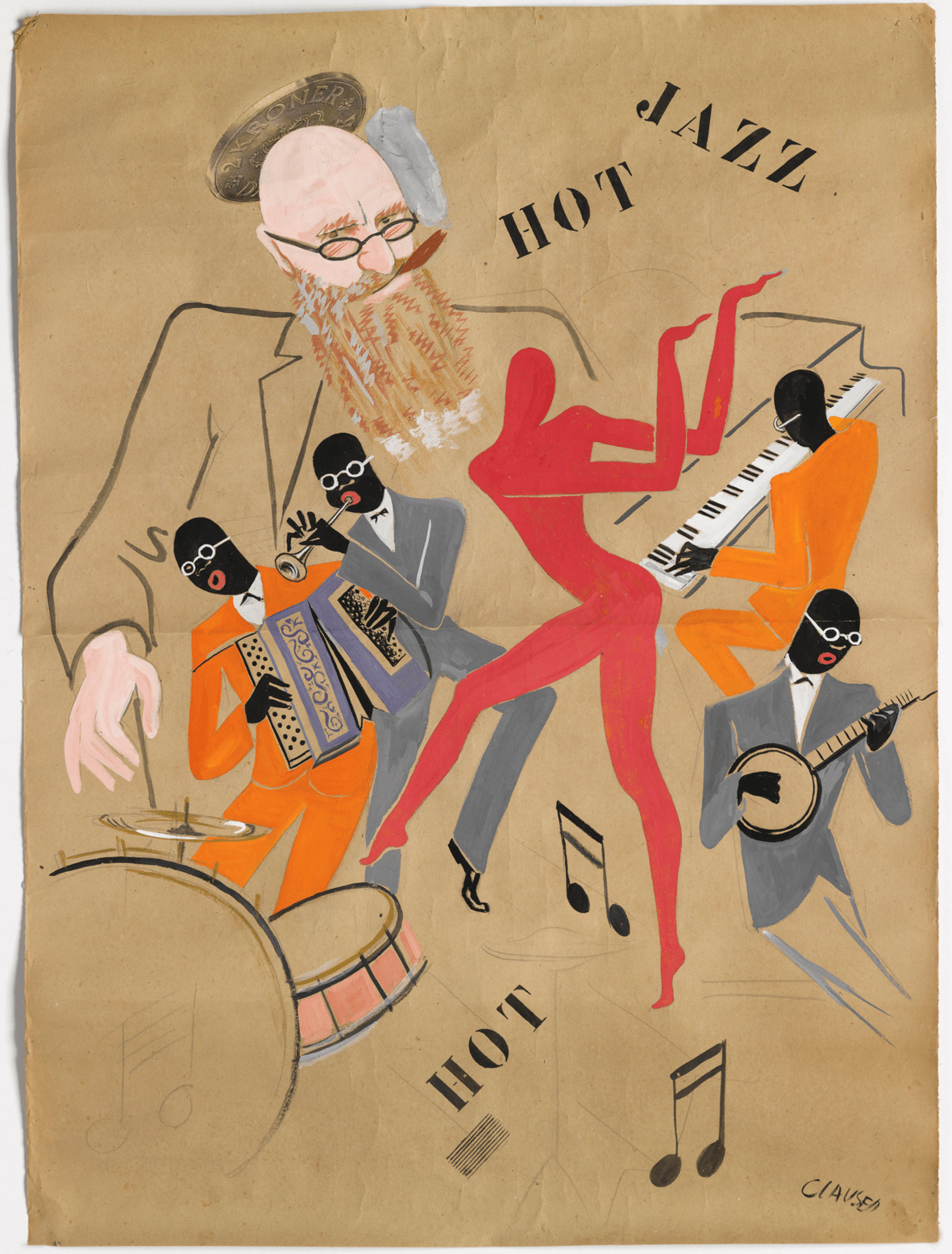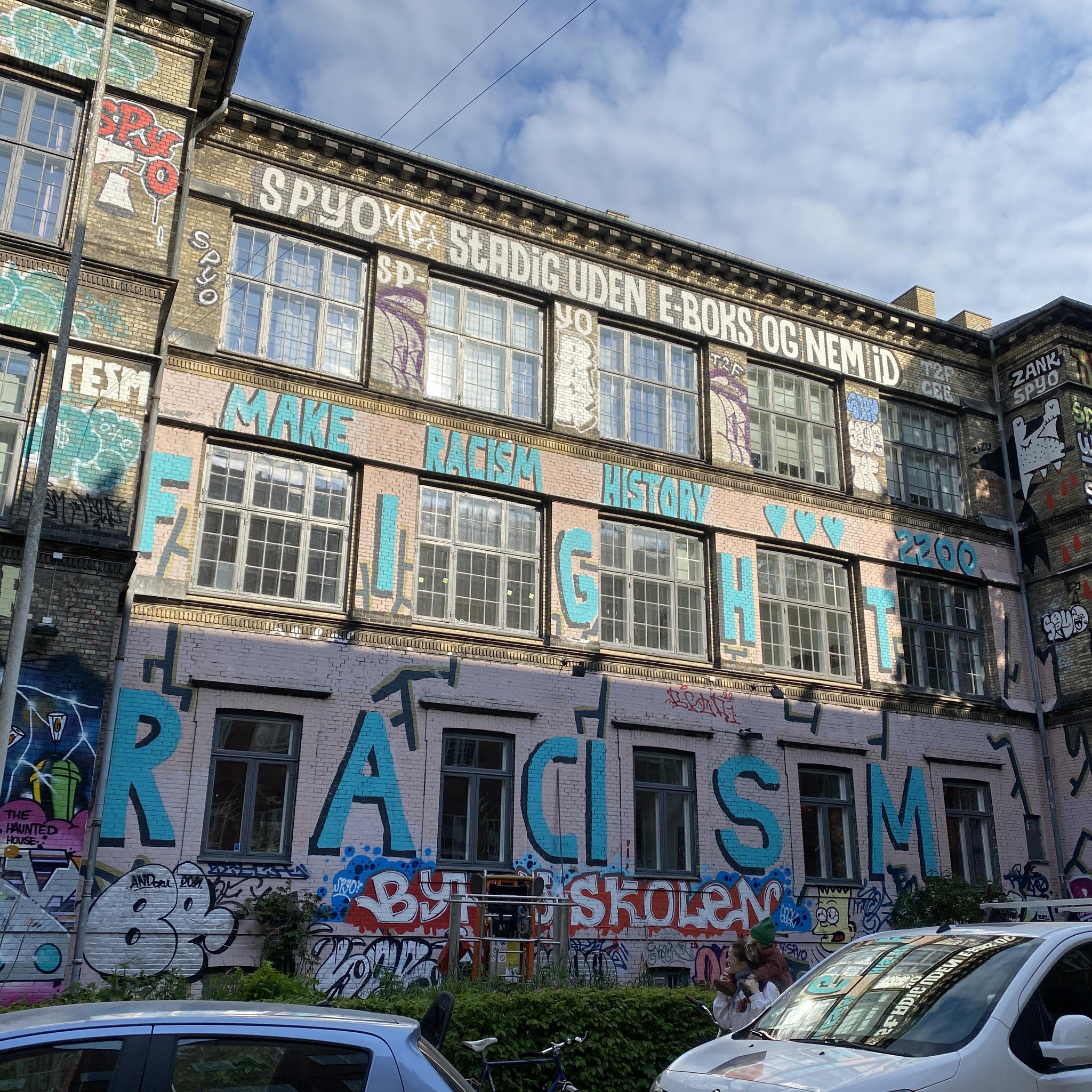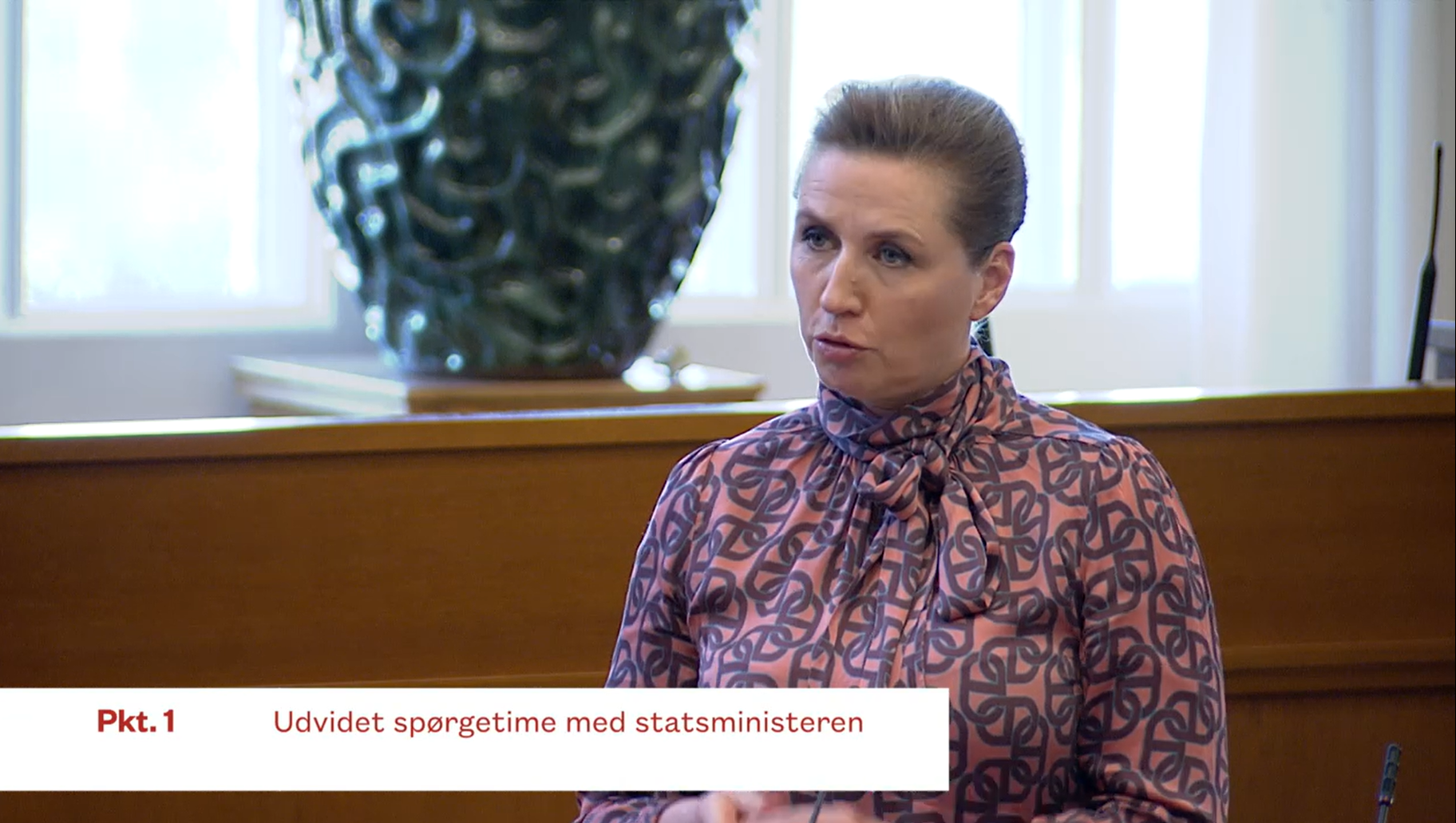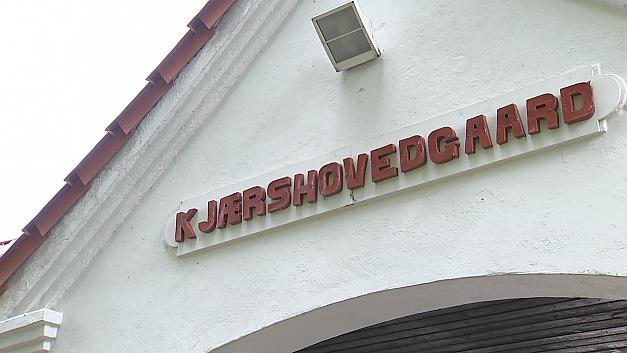Art deco is a rather loose term used to cover a visual style that emerged after the violent upheavals of the First World War. It combines traditional craft motifs with the imagery and materials of the Industrial Age and mass production. Cubism, futurism, surrealism and dadaism are important inspirations for this movement. It also serves as a soundtrack to the roaring 1920s, with all the decadent hedonism and extravagance that entails.
The World’s Fair in Paris in 1925 established it as the distinctive style of the era. In most of Europe, the movement ebbed out during the Great Depression and under the rise of fascist regimes and fascist aesthetics.
Going south
Although it never really became a major art movement in Denmark, a number of Danish artists were drawn southwards, particularly to Paris or Berlin, curious to study and absorb the new influences.
Franciska Clausen was one of these, who apart from studying in Germany spent two years with Fernand Léger in Paris from 1924-26. Jais Nielsen travelled to both Berlin and Paris and was inspired by the cubism that he found there, as can be seen in his picture ‘The Silhouette Cutter’ from 1918.
As well as the graphic arts, art deco also influenced furniture, architecture and consumer objects. New materials such as stainless steel and Bakelite were also taken up and used in items designed for mass consumption, such as radios and jewellery. However, not everything was for mass consumption. The exquisite silver tea and coffee pots designed by Christian Fjerdingstad can only have been affordable to a few.
Exotic cultures
There was also a keen interest in non-European cultures, which is reflected in several of the works on display. The Danish poster artist Sven Brasch designed a poster for the Folies Bergére featuring Josephine Baker, who had become an instant success in Paris in 1925. There is also a poster by Franciska Clausen entitled ‘Hot Jazz’, celebrating the latest thing in music.
At the beginning of the exhibition, the architectural drawings produced by Kay Fisker for the Danish pavilion at the 1925 World’s Fair in Paris can be seen, showing influences pointing back in time to the Egypt of Tutankhamun – the discovery of whose tomb in 1923 led to a surge of public interest in all things ancient Egyptian.
Gerda Wegner is represented by several works that show affinity with the work of Tamara de Lempicka in their use of luminous colours and opulent backgrounds. There is even a dog in one of them, but not a Borzoi!
There is a great deal to like at this fairly manageable exhibition. As well as painting, sculpture, fashion drawing and poster design is well represented, and if you have the time, you can also drop in at the cinema to experience a pot pourri of clips from several Busby Berkeley films. The ‘By a Waterfall’ sequence from ‘Footlight Parade’ is truly something to behold.
Cool Modern – Art Deco in Danish art 1910-1940
Gl Holtegaard, Attemosevej 170, Holt; ends 3 January














